Greenhouse Gardening Best Practices
Adding Soil to Your Garden Beds
The term ‘you are what you eat’ applies to plants too! High-quality organic soil will help your plants flourish. When I say organic, I’m not talking about certified organic stuff, I’m talking about organic material, like dead plants, leaves, and some natural bacteria that breaks down those things into a soft lovely loose mulch situation. Learn everything you need to know about purchasing or mixing new soil for your beds, and consistently maintaining healthy soil throughout your growing seasons.
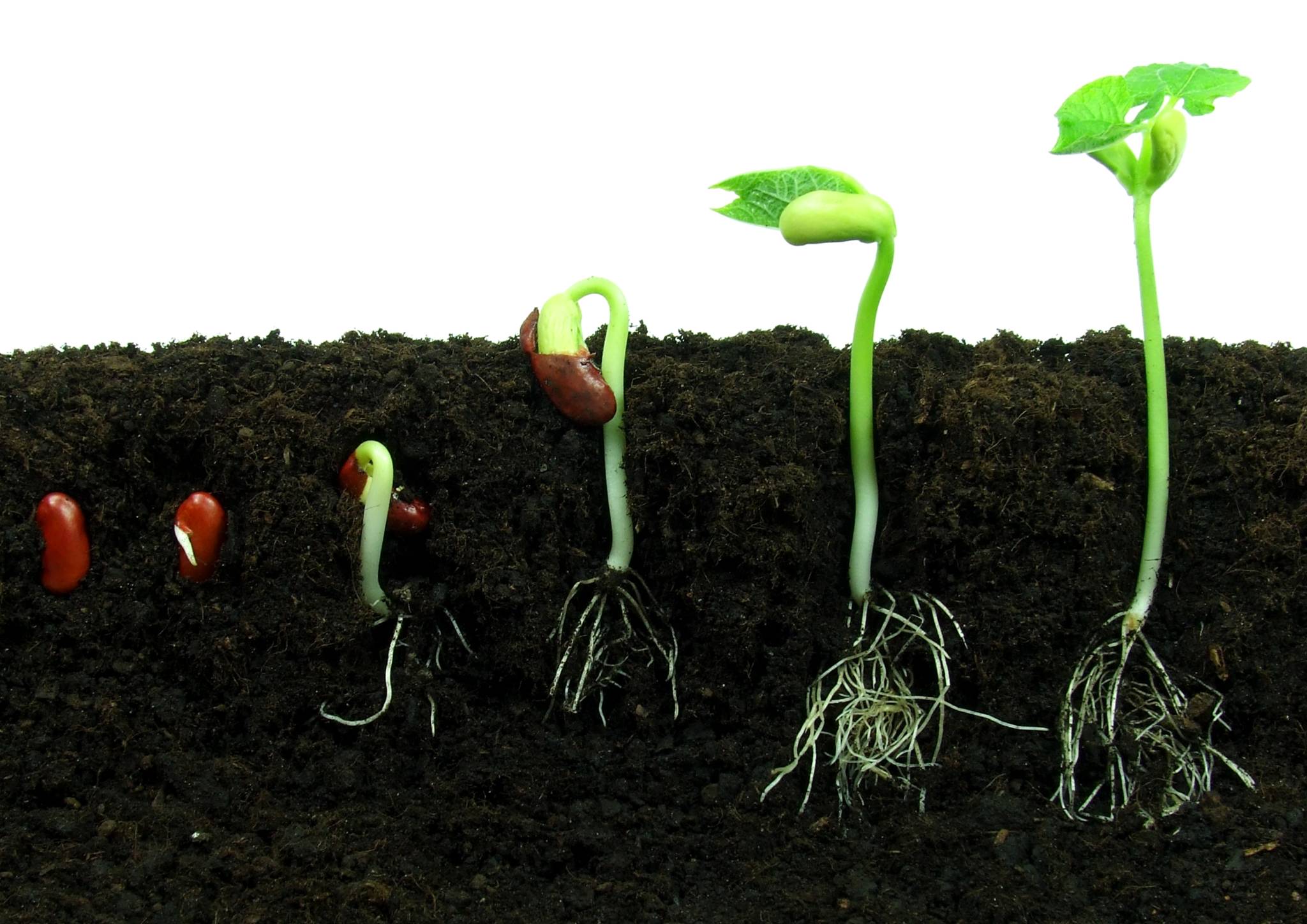
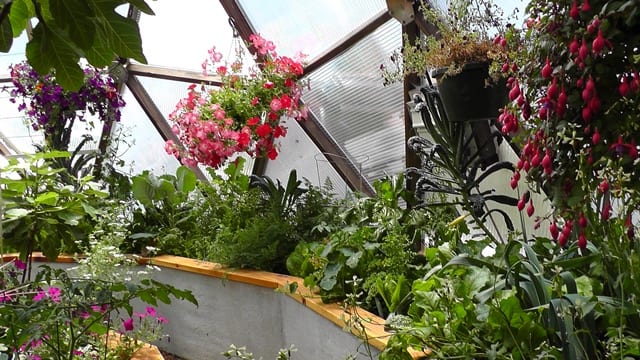
Greenhouse Gardening Hints
Now that you have your Growing Dome constructed, your planting beds built, your soil rich in organic materials, it is time to start planting! Here are some gardening tips every new greenhouse gardener should now to ensure immediate success!
Planting Schedule
Planting year-round in a Growing Dome takes some planning but done correctly you will have a continuous supply of fresh fruits and vegetables in all 4 seasons. We give you some helpful hints in determining your planting schedule, and some specific information based on your climate zone.
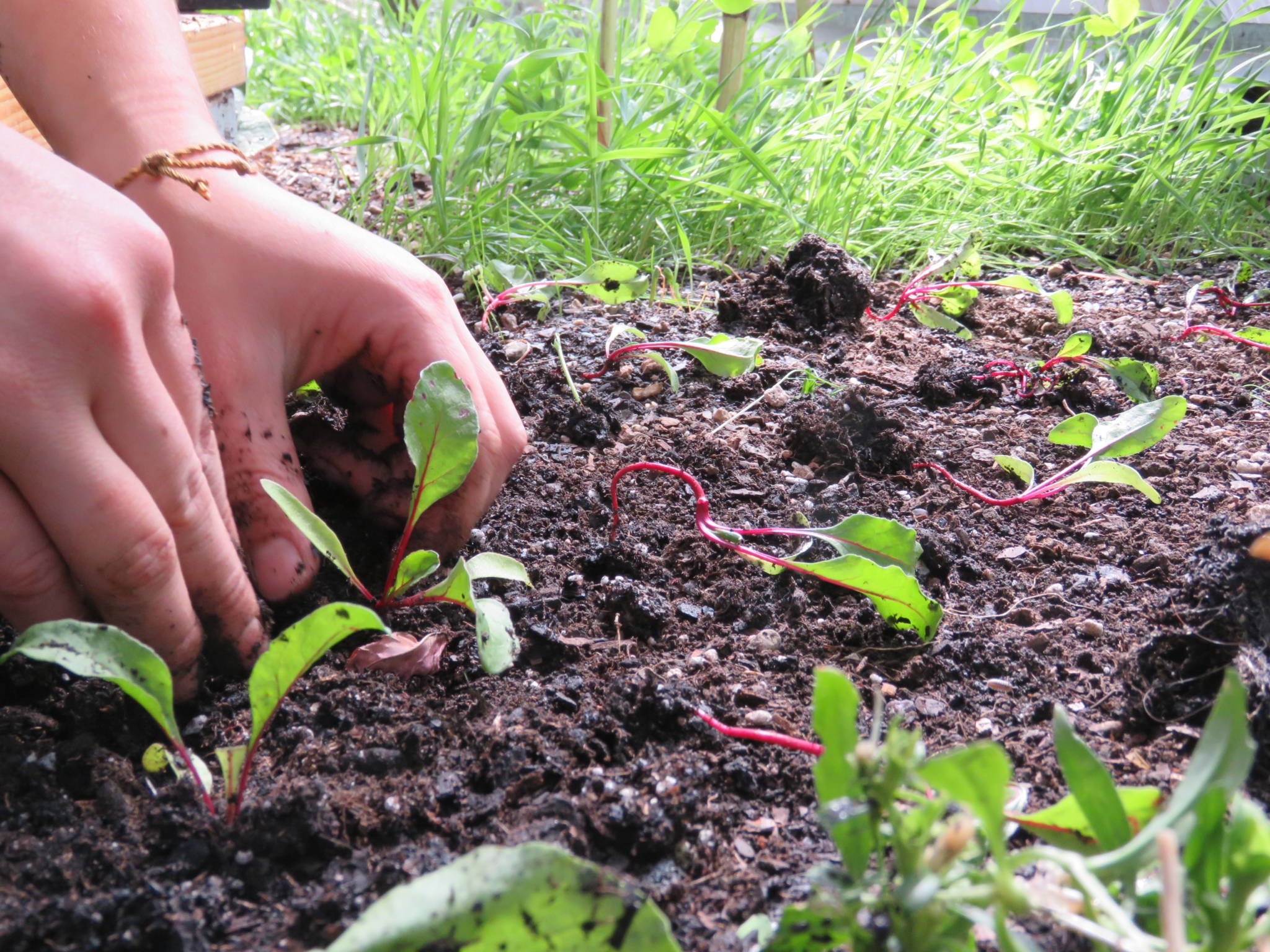

Organic Pest Control in a Greenhouse
One of the reasons you are gardening in a Growing Dome is to grow healthy organic food without using harmful chemicals. Controlling pests in your greenhouse is an important step, and can be done effectively and organically. We walk you through the most effective methods for Organic Pest Management.
Tips for the Water Tank
The Water Tank is the thermal engine that drives the internal climate control of your Growing Dome. But it can also be transformed into a thriving eco-system. Aquatic plants are necessary to keep your tank free from algae and fish in the pond will provide nitrogen for your floating plants and interior beds when watering from your tank. Many customers will add additional filtration or aquaponics systems to both maintain their water tank environment and install drip irrigation from the water tank for both their internal and external planting beds.
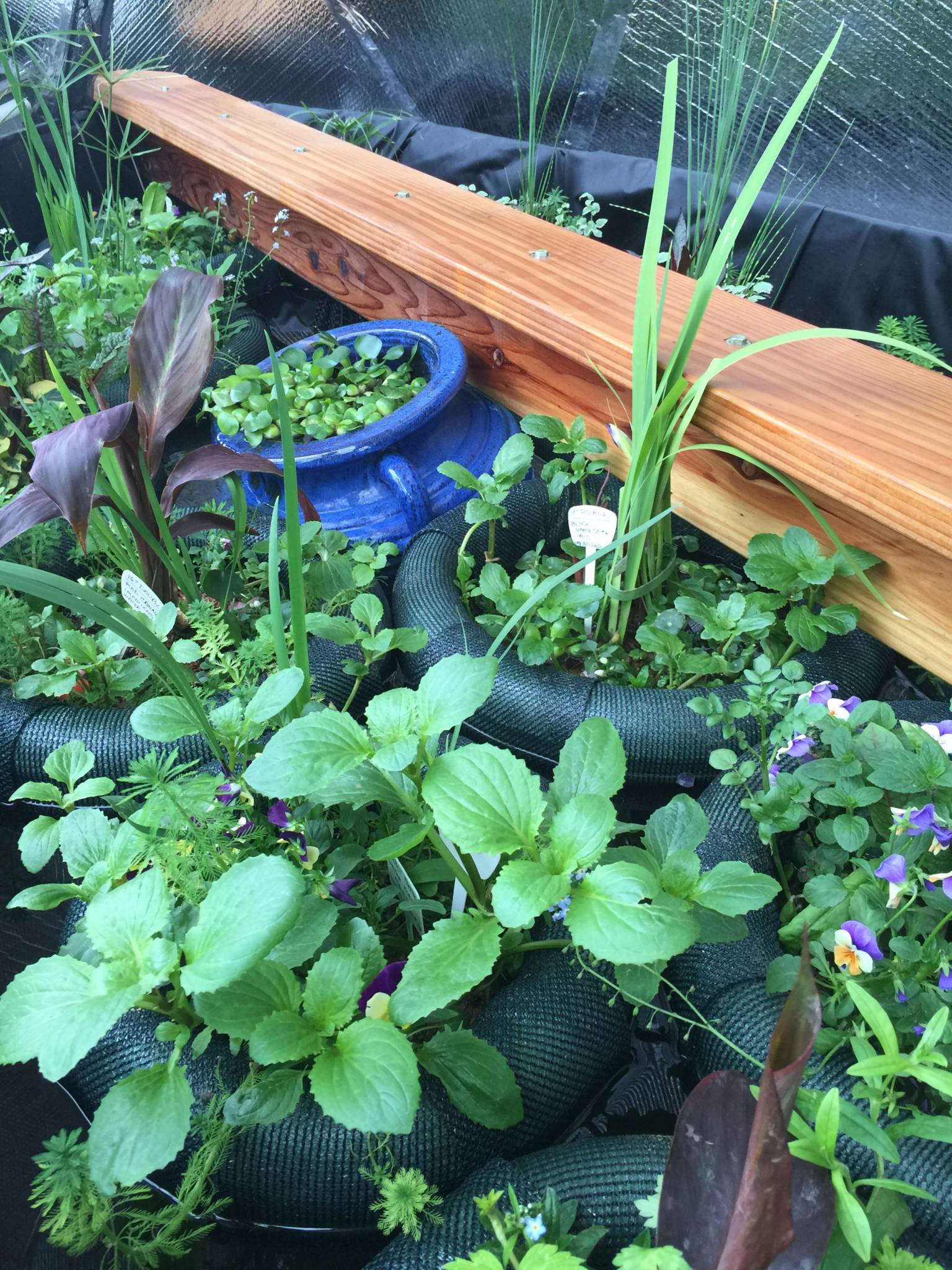
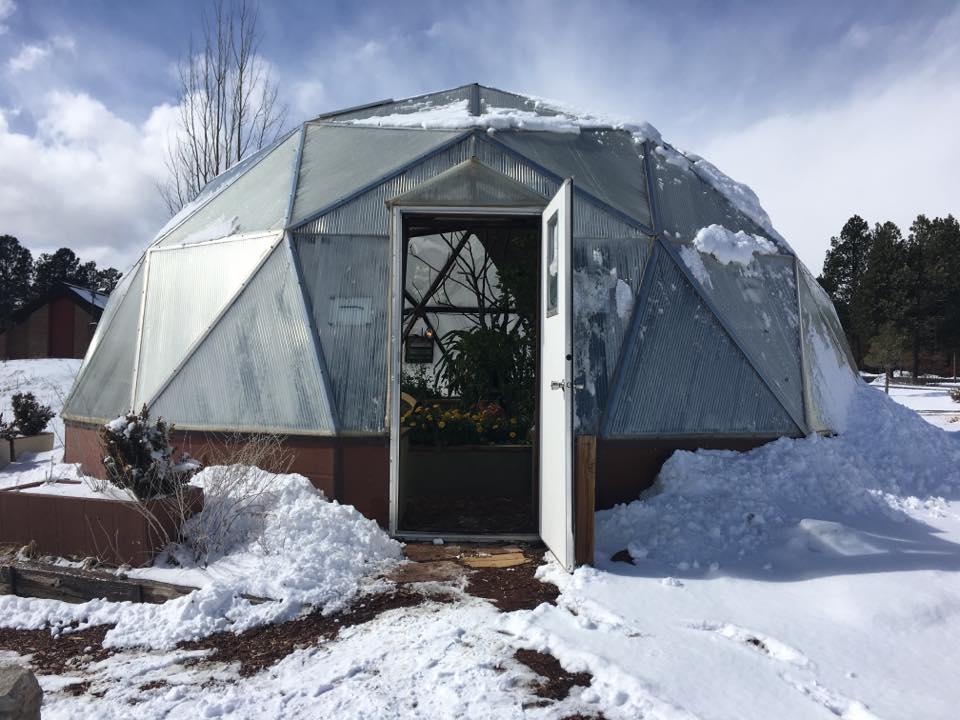
Winter Gardening in a Growing Dome Greenhouse
Winter gardening in your Growing Dome is an amazing experience. Walking in your dome from the lifeless vegetation outside into a thriving garden is both enlightening and empowering. We walk you through the Growing Dome features that enable winter gardening with no external power and discuss some reasons why you might want to heat your Growing Dome in the winter.
7 ways to cool your Growing Dome
You can keep your greenhouse cool…even in the heat of summer. A greenhouse is designed to trap heat. They are bound to get hot, but you don’t want them to get too hot. Similar to winter gardening, the Growing Dome has features to keep your Growing Dome cool in the summer. In this article, we discuss 7 ways to cool your Growing Dome.
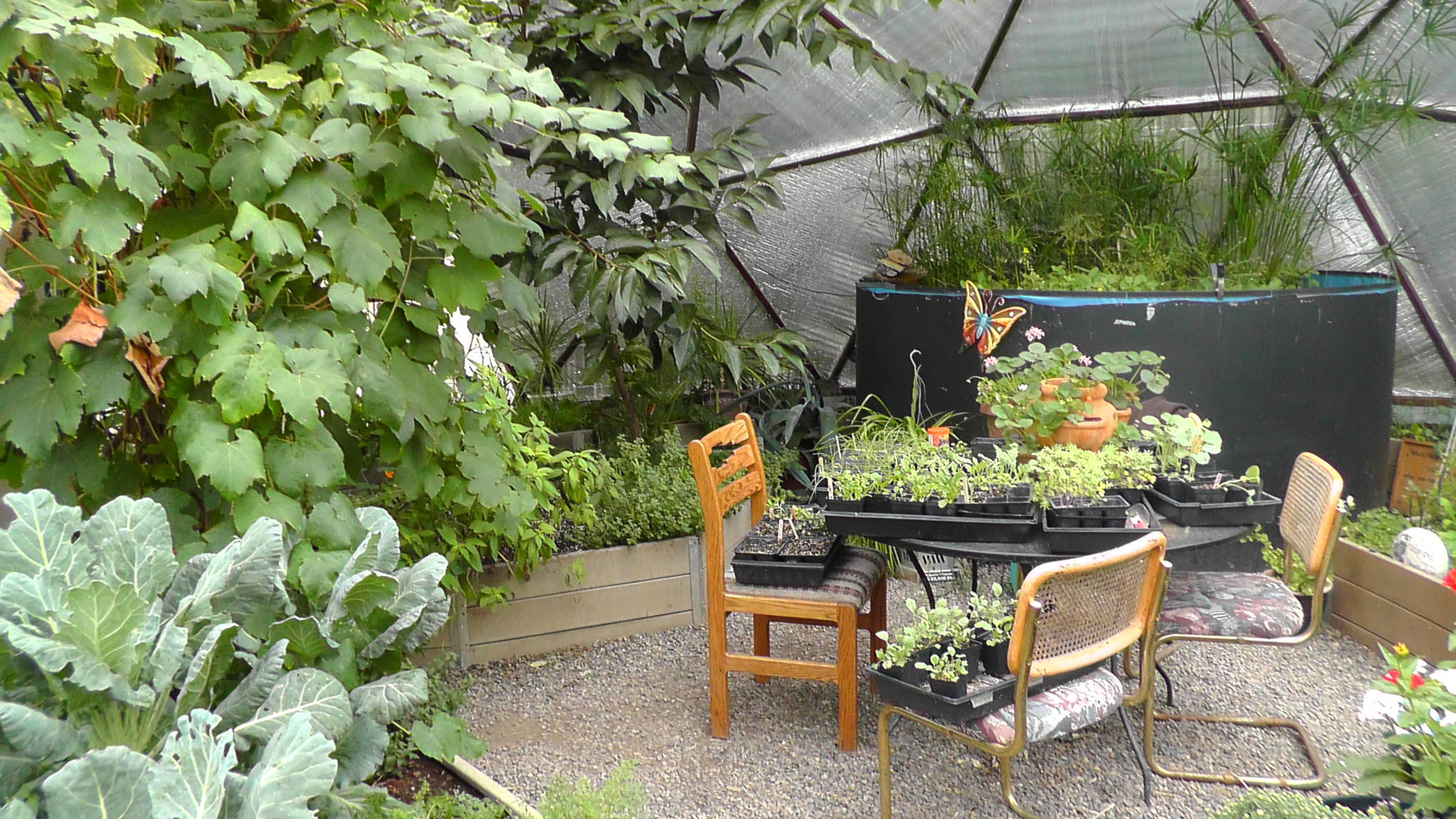

Transplanting Vegetables
To maximize yield in the Growing Dome it is helpful to start some vegetable crops outside of the raised beds in containers, pots or flats while you are still harvesting mature crops from the raised beds. These “starts” can then be transplanted into the raised beds once the mature crops have been exhausted. This is a permaculture technique called “time stacking” and is a great way to reduce or eliminate gaps in harvest from your Growing Dome. Transplanting vegetables can yield a harvest earlier than sowing seeds directly because you can start them before you have bare soil. Not all vegetable plants can be transplanted though, so it is important to plan your garden appropriately, saving space for sowing seeds directly into the beds and starting the appropriate plants in pots or flats. In this quick guide, we outline which plants work best for transplanting and which don’t.
Eliminating Greenhouse Mold
Mold and mildew are both types of fungi that grow best in warm, humid environments. Knowing optimal growth conditions for common greenhouse fungi allows greenhouse gardeners to prevent growth of harmful fungi by maintaining a greenhouse environment that doesn’t optimize growth conditions for fungi. So, the best solution to mold is prevention!
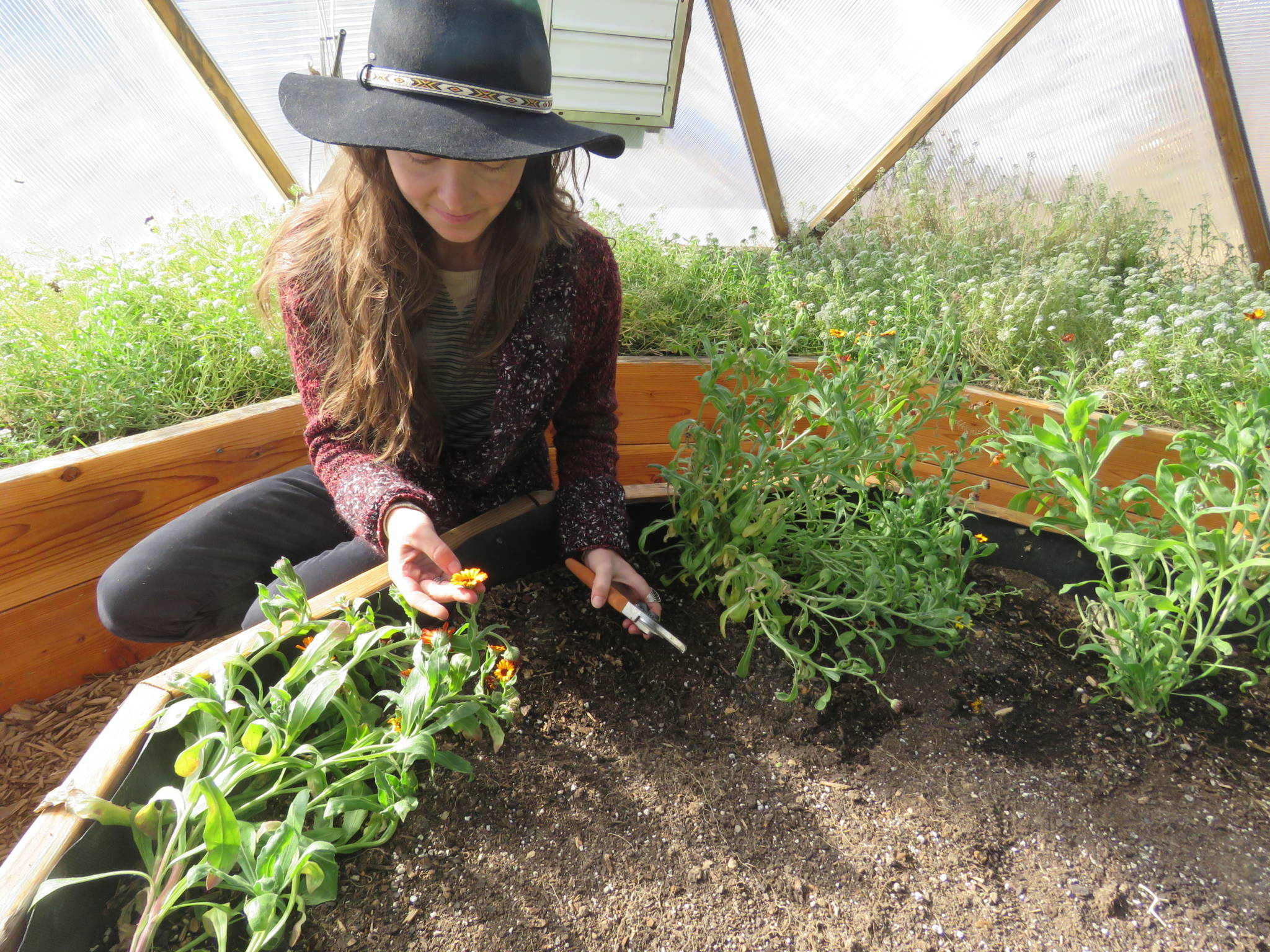
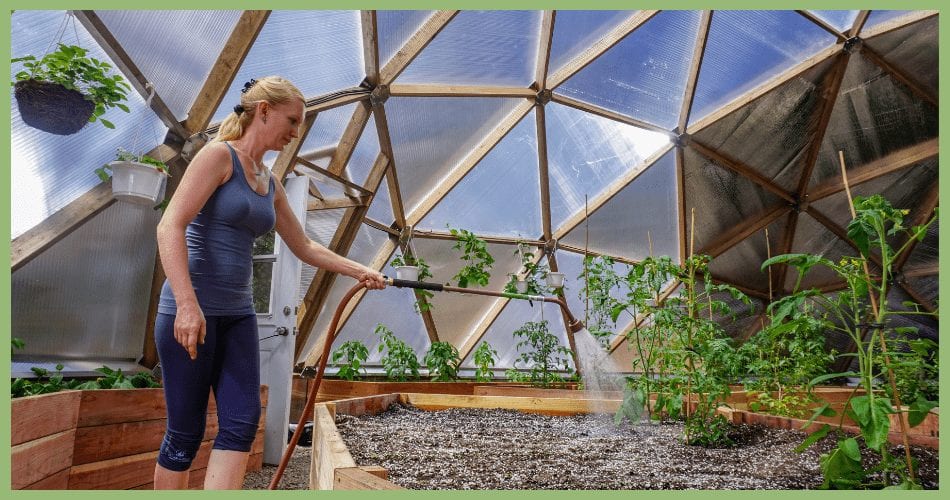
5 Biggest Mistakes Greenhouse Gardeners Make
Sign-up for our free download to learn how to avoid the top 5 biggest mistakes made by most beginning greenhouse gardeners. It covers types of greenhouses, location, soil, planting, watering, temperature and more. Another must-have when planning your greenhouse!